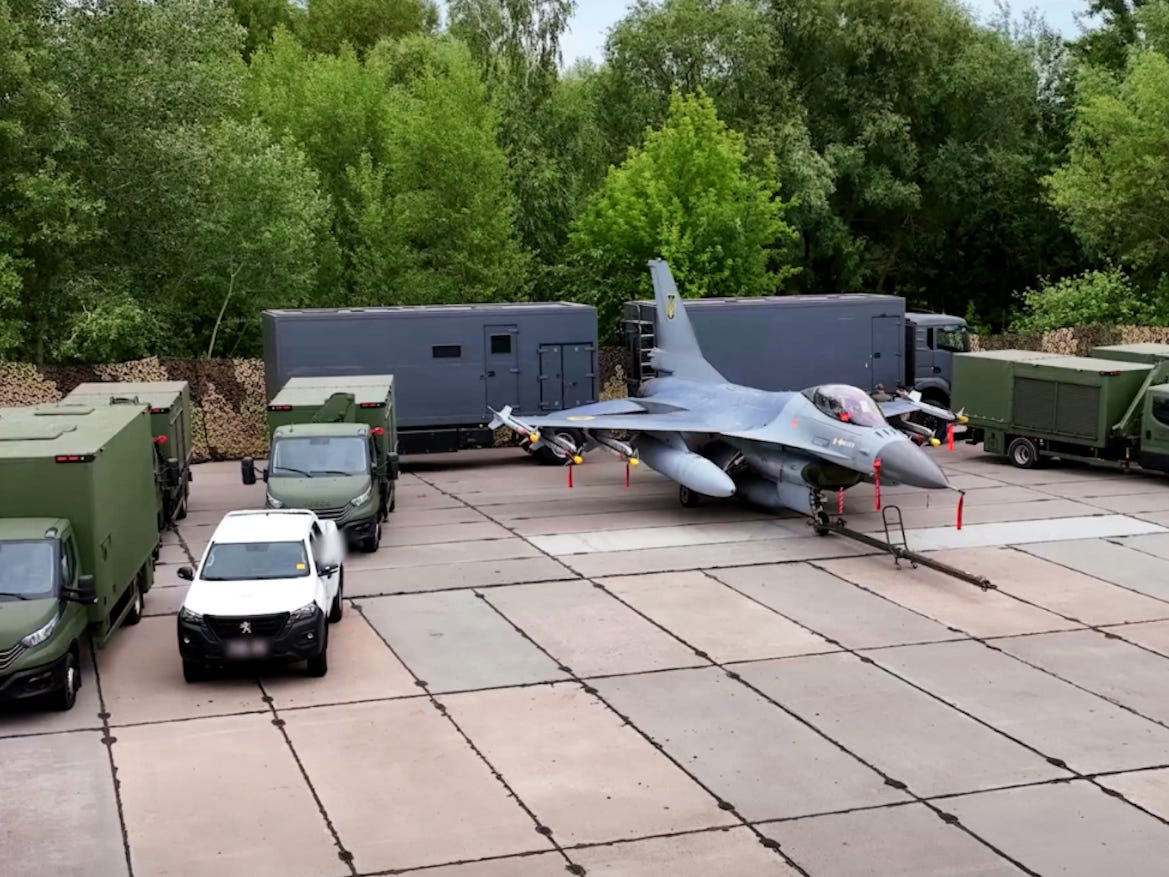The landscape of modern warfare is rapidly compelling advanced militaries to rethink fundamental airpower strategies, particularly the critical dependence on fixed airbases. As the risk of peer-level conflict intensifies, the vulnerability of static infrastructure to early strikes has made fighting from non-traditional, austere locations a paramount priority for ensuring operational continuity and aircraft survival.
A significant development in this evolving defense paradigm is the deployment of sophisticated mobile support complexes designed specifically for cutting-edge fighter jets. These innovative, truck-mounted systems are engineered to seamlessly replace the extensive logistical and operational functions traditionally confined to large, permanent installations, encompassing everything from mission planning and pilot briefings to critical maintenance and efficient weapons loading.
The strategic imperative behind such tactical mobility is immense; it directly addresses the challenge of maintaining air superiority in contested environments where adversaries actively seek to locate and neutralize high-value air assets. By enabling fighter jets to remain agile and constantly on the move, these flexible solutions provide essential operational resilience and significantly enhance the survivability of air fleets under continuous threat.
Historical observations from recent operational theaters powerfully illustrate that air forces which prioritize dispersion and disaggregation exhibit markedly higher rates of endurance against numerically superior or technologically advanced adversaries. This contrasts sharply with the inherent fragility of air components that remain clustered in predictable, centralized locations, making them prime targets for sustained attacks and jeopardizing overall air campaign effectiveness.
Consequently, many Western nations, whose air defense doctrines have long revolved around robust but static bases, are now intensely focused on adopting more flexible and responsive deployment models. The increasing sophistication and reach of potential opposing forces necessitate a dramatic pivot from traditional operational norms to innovative alternatives that safeguard airpower capabilities in an era of heightened global security challenges.
This strategic shift is concretized in concepts such as agile combat employment, which champions operating from widely dispersed locations to maintain maximum airpower agility and flexibility. While some fighter jets are inherently designed for rugged, austere operations, the integration of advanced mobile support allows even more conventional aircraft to operate effectively from diverse and unpredictable environments, further bolstering strategic depth.
The global defense community is keenly observing these advanced tactical developments, recognizing their potential to redefine future air combat doctrine and enhance national security postures. This collective scrutiny underscores a growing realization: investing in resilient, mobile ecosystems for airpower sustainment is not merely an option but an urgent necessity for adapting to the dynamic and demanding realities of modern high-intensity conflict, accelerating a critical paradigm shift in defense innovation.






Leave a Reply